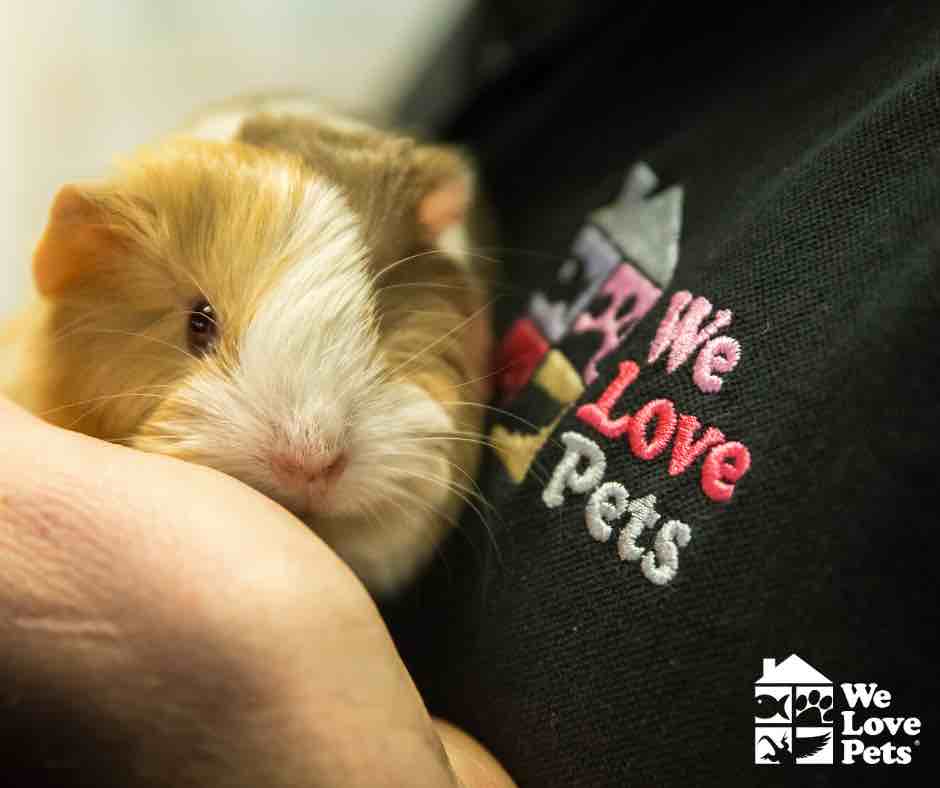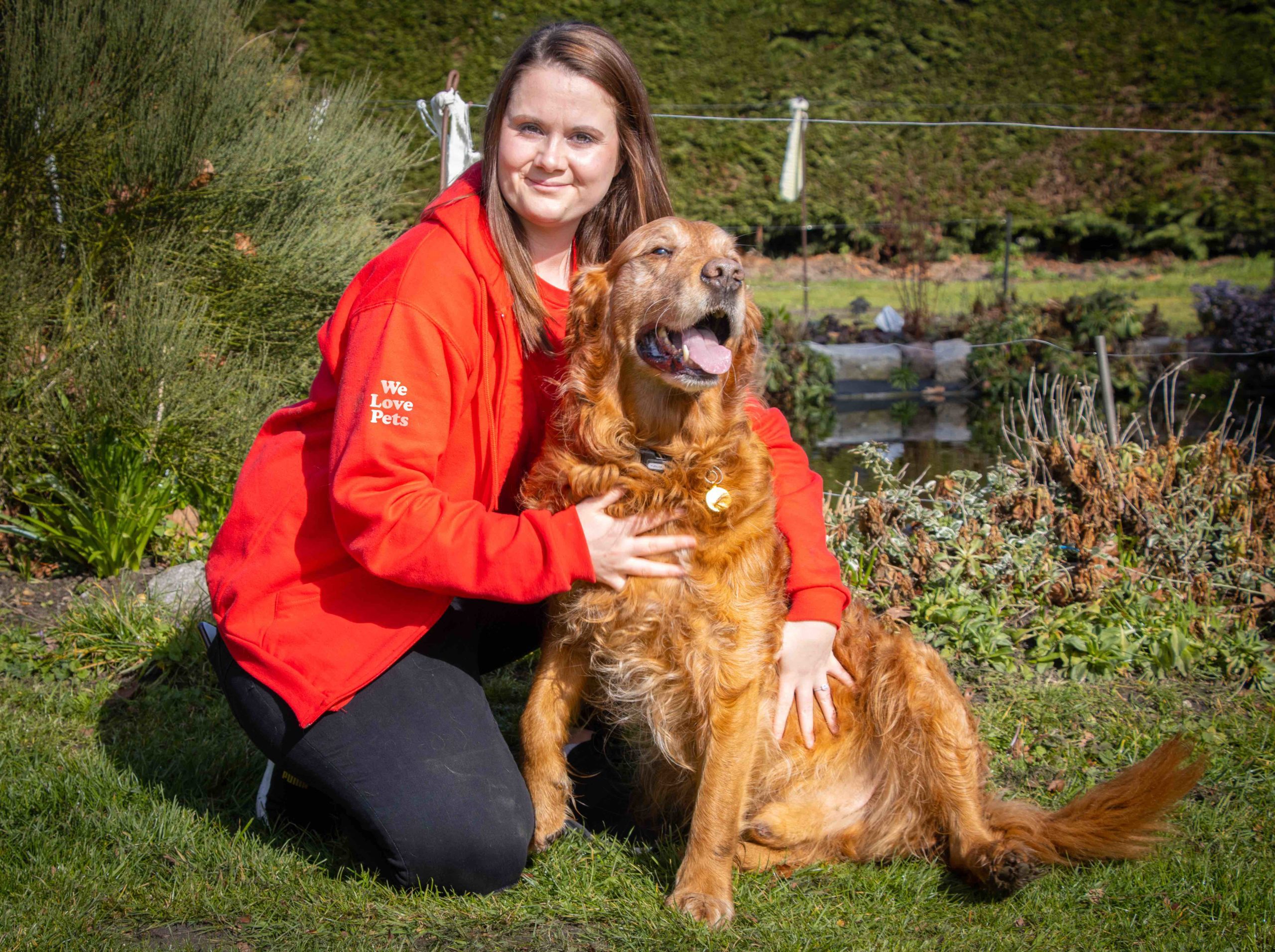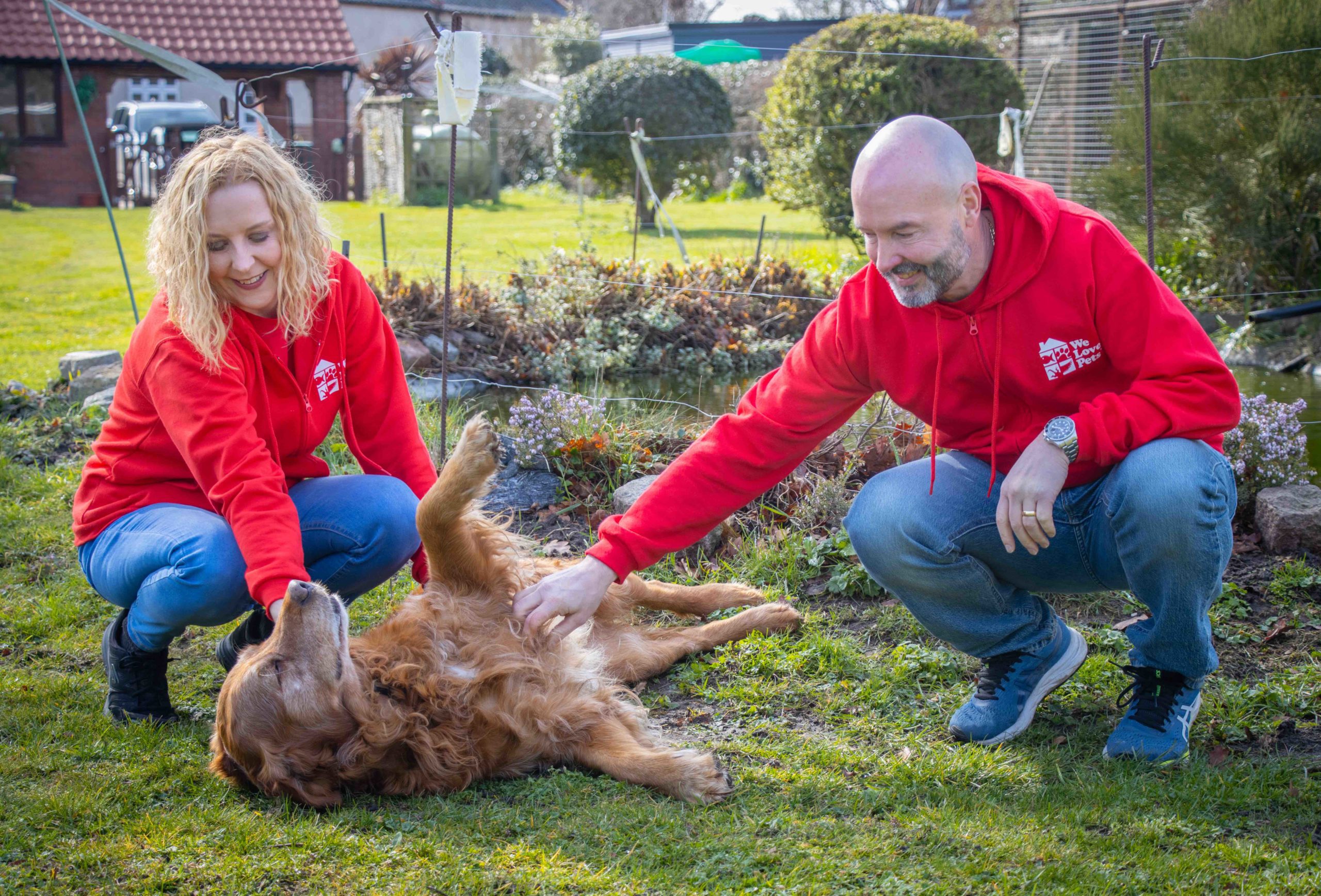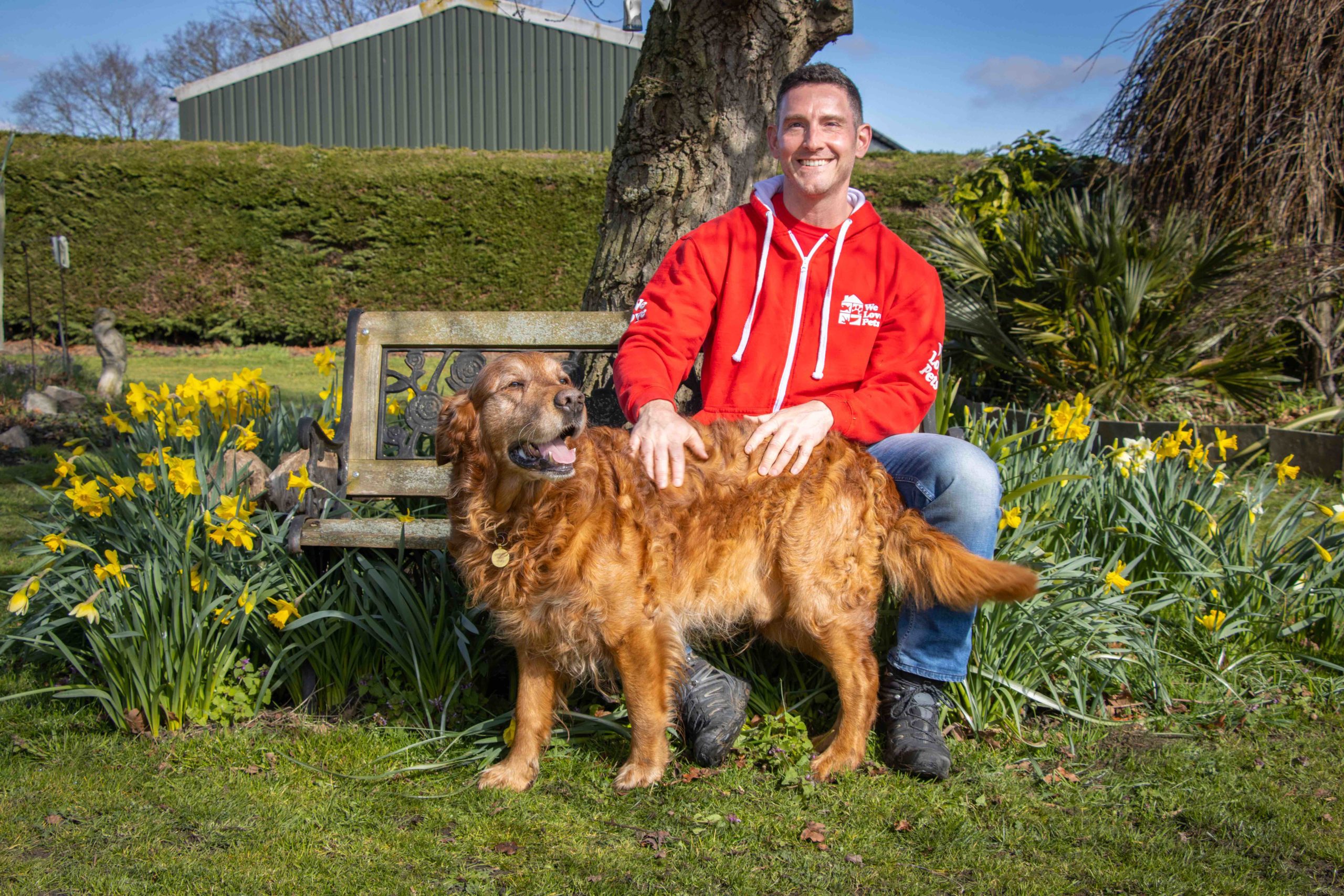Guinea pigs are very interesting animals. Their origins lie in South America, and they come from a lineage of rodents that can be traced all the way back to the Incan empire – one of the most dominant empires on earth at its time. Now, they make lovable pets in homes across the UK!
If you’re looking for a small, furry addition to your life, a guinea pig might be just the ticket:
Different Breeds
There are many different types of guinea pigs, and a breed to fit every lifestyle:
- Abyssinian: A guinea pig with long hair that looks like swirls and has a very friendly and lovable temperament, they’re a very popular choice for a pet!
- American: Short hair, don’t care! A robust little guinea pig, the American breed is resistant to disease, affectionate in nature, and won’t bite. They’re happy to do most of their grooming, making them an ideal starter guinea pig for kids.
- Texel: Originally bred in the UK, Texels are nicknamed “Shirley Temple” guinea pigs for their curly mane and adorable personalities. Their curls require quite a bit of maintenance, with frequent brushing – especially if your cavy is active!
- Peruvian: The Peruvian guinea pig is distinguished by their luscious, long locks which can grow between 12 and 14 inches! Soft and loving, these guineas are super sweet. They do need regular grooming and cleaning of their habitats, so more care is required.
- Teddy: These guys look like little plush toys! With short, wiry coats and a variety of colour patterns, they are seriously cute.
- Baldwin: Baldwins are one of the hairless varieties of guinea pigs, brilliant for anyone with pet-related allergies. With little to no grooming responsibilities, Baldwins are relatively low maintenance! However, special care needs to be taken when they’re outside or in extreme temperatures.
Care Needs
Guinea pigs are social animals and should be kept in pairs. They require plenty of room to run around, ideally in a hutch that’s at least 5 feet long by 2 feet deep and 2 feet high. It’s best if an outdoor area or run is attached so they can graze outside as well as inside when supervised.
Guinea pigs may experience various health problems, which require vigilance and dedicated care. A healthy guinea pig should be alert, with bright eyes and a shiny coat, so if you notice anything amiss in your piggy’s nature or appearance, it’s important to get them checked out!
To stay happy and healthy, guinea pigs need fresh food and water each day, and regular bedding changes. Top tip: Using dust-free bedding can help prevent eye irritation!
History
The ancient Peruvians were the first to domesticate Guinea pigs, which can be traced back as far 5000 BC. Originally kept for food in Peru and Bolivia, it’s not uncommon to find them on menus still today. The Moche Civilization worshipped these creatures so much that they have been found depicted in their ancient artwork. In the 1530s, the Andean region was discovered by the Spanish, and it wasn’t long until Spanish, Dutch and English traders brought them to Europe and sold them as exotic pets to the upper class and royalty. Even Queen Elizabeth the I had a pet guinea pig!
Fun facts
- The oldest Guinea pig recorded lived to be a ripe old age of 14 years and 10 months.
- A Guinea pig is also called a “cavy”. They are part of the family “Caviidae” which makes up rodents found in South America originally.
- Guinea pigs can “popcorn” when they are excited. This means that the guinea pig jumps up in the air and often does a little twist too.
- Guinea pigs, unlike many other rodents that are unable to grow teeth as adults, have perpetually growing molars. To ensure their dental health and prevent overgrowth of these front incisors they must constantly chew on food throughout the day.
- Guinea pigs can learn tricks if they are taught using food as a reward. They have the ability to understand and retain information, which makes them very intelligent animals. If you’re patient enough with training your guinea pig then it should be easy for him/her to figure out what needs done in order to get their treat!
- A male guinea pig is called a ‘boar’ and a female is called a ‘sow’. Baby guinea pigs are called ‘pups’.
- They only sleep for short periods. Although crepuscular creatures, who are most active during dusk and dawn, guinea pigs are awake for up to 20 hours of the day. Meaning they need constant access to food, water, companion guinea pigs, safe hiding places and toys to keep them occupied.
There’s no doubt – guinea pigs are cute and cool!
If you’re looking for a pet sitter to care for your cavy while you’re away on holiday, or busy at work, your local We Love Pets branch can help! We’d love to help you, so please get in touch.




